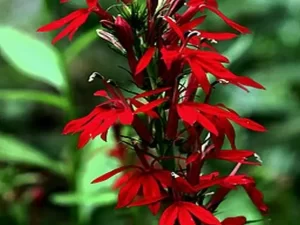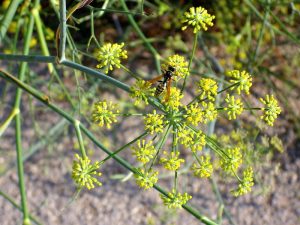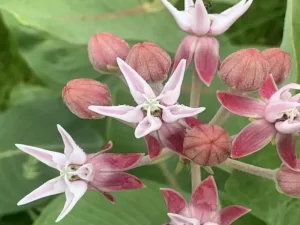Prairie Rosinweed (Silphium terebinthinaceum)

Prairie Rosinweed (Silphium terebinthinaceum), a member of the Asteraceae (Aster Family), is a herbaceous perennial that grows from 1′ to 8.5′ tall and blooms with yellow flowers in the summer to early fall (July to September). This plant grows in places with full sun that have dry circumneutral well-drained soils, but can handle moist soil and is hardy in zones 4-8. More information on this species can be found on this blog post.
Hosted Species

This species hosts the Bordered Patch Butterfly (Chlosyne lacinia) in the western part of its range and the silphius borer moth (Papaipema silphii), throughout.
Nectar Species
This species is a nectar source to other butterflies, skippers, bees, and wasps during the growing season. Birds, such as goldfinch, like to eat the seeds in the fall.
Habitat
This rosinweed grows in open areas such as prairies, barrens, glades, powerline right-of-ways, and other disturbed places.
Range of Prairie Rosinweed (Silphium terebinthinaceum) in the United States and Canada

Rough-Stem Rosinweed is native to the mid-western and eastern United States and Ontario in Canada.
Origin of the Name
The genus name, Silphium, is derived from the Greek word that originated from a resin-bearing plant (Missouri Botanical Garden). The species name, terebinthinaceum, is Latin for “like turpentine,” referring to the odor of the plant (US Forest Service).




Reviews
There are no reviews yet.